Exploring the ancient castles of Japan is akin to traveling back in time, as each stone and wall echoes with stories from the samurai era. These grand edifices stand not merely as relics of history but as living cultural icons, encapsulating the craftsmanship and ethos of feudal Japan.
This blog encourages a visit to Japan's ancient castles. Some stand tall, others are mere remnants of their former glory, yet all are repositories of cultural heritage, providing a window into the intricate weave of Japan's historical narrative.
Nemuro Peninsula Chashi Sites
The Nemuro Peninsula Chashi Sites in Hokkaido, Japan, are a remarkable collection of twenty-four Ainu chashi, or fortifications, that have been designated as a National Historic Site. These sites, which are part of a larger group of thirty-two chashi identified in Nemuro City, are significant for their historical and cultural value. They are believed to date from the sixteenth to the eighteenth centuries and are associated with the 1789 Menashi–Kunashir rebellion, an important event in the history of the Ainu people and their resistance against Japanese control. Although there is no more buildings on the site, the chashi are typically found on bluffs overlooking the Sea of Okhotsk and are reinforced with U-shaped or semicircular moats, indicating their strategic importance for defense. Their preservation state is notably good compared to other similar sites on the island. The Nemuro Peninsula Chashi Sites also hold the distinction of being the first entry on the Japan Castle Foundation's 2006 list of Japan's Top 100 Castles, highlighting their architectural and historical significance.
Goryōkaku
Goryōkaku, a star-shaped fort located in Hokkaido, Japan, is a site of great historical significance. Designed by Ayasaburo Takeda in the 19th century, it was built by the Tokugawa shogunate as a response to the increasing threats of foreign powers and as a symbol of modernization. The fort's unique shape, influenced by European star forts, allowed for a wide range of gun emplacements, minimizing blind spots and maximizing defensive capabilities. Goryōkaku played a pivotal role during the Boshin War, serving as the stronghold of the short-lived Republic of Ezo.
This marked the last stand of the Tokugawa forces against the imperial troops of the Meiji government, culminating in the Battle of Hakodate. The defeat of the Tokugawa at Goryōkaku heralded the end of Japan's feudal era and the beginning of the Meiji Restoration. Today, Goryōkaku has been preserved as a public park, recognized as a national special historic site, and continues to be a place where people can reflect on the past and enjoy its beauty, especially during cherry blossom season.
Matsumae Castle
Matsumae Castle, located in Hokkaido, Japan, stands as a historical sentinel at the northernmost point of Japan's main islands. Constructed initially in 1606 by Matsumae Yoshihiro, the castle was built under the orders of the Tokugawa shogunate to defend the region against the Ainu people. The castle's strategic location allowed it to control all passage through Hokkaido to the rest of Japan. Despite being destroyed by fire in 1637, it was rebuilt two years later and continued to serve as a crucial defensive structure. The current castle complex, dating from 1854, was designed to deter foreign naval threats. Today, the site is a public park, home to over 8,000 cherry trees and host to the Matsumae Sakura Festival, drawing more than 200,000 visitors each spring to admire the blossoms. The castle's history reflects the broader narrative of Japan's feudal past and its transition into the modern era, symbolizing the country's enduring legacy of resilience and cultural pride.
Hirosaki Castle
Hirosaki Castle, a Hirayama-style Japanese castle, was constructed in 1611 in what is now Hirosaki, Aomori Prefecture—not Hokkaido. It served as the seat of the Tsugaru clan, a tozama daimyō clan that ruled over the Hirosaki Domain in Mutsu Province. The castle's history is marked by its resilience; after the original five-story tenshu was destroyed by lightning in 1627, it was not until 1810 that the current three-story structure was erected. This castle is one of only twelve surviving castles from the Edo period, and it stands as a testament to the region's rich heritage and the feudal era of Japan. The castle and its grounds, which have been preserved as a park, are recognized as National Important Cultural Properties and offer a glimpse into the architectural and cultural significance of Japan's samurai past.
Hirosaki Castle is renowned for its beautiful Hirayama-style architecture, which includes a three-story main tower strategically placed atop a hill for enhanced defense. The castle is encircled by impressive defensive walls, deep moats, and several yagura towers. The surrounding park, known for its approximately 2,600 cherry trees, becomes a spectacular sight during the spring blossom season, drawing visitors from all over to witness the beauty. Additionally, the castle's history is deeply intertwined with the Tsugaru clan and is a symbol of the region's samurai heritage. It has been recognized as one of Japan's most significant castles, celebrated for its cultural events like the Snow Lantern Festival, Cherry Blossom Festival, and Neputa Festival.
Ne Castle Honmaru Ruins
Ne Castle, located in Hachinohe, Aomori Prefecture, Japan, is a site steeped in the history of the Nanbu clan, a prominent family in the region during the Muromachi period. Constructed in 1334 by Nanbu Moroyuki, a retainer of Kitabatake Akiie, the castle served as a center for imperial administration in the area. Its design, a Motte-and-bailey style, was typical of the period, featuring wooden palisades and earthen ramparts. The castle's history reflects the complex political landscape of the time, with the Nanbu clan initially split in allegiance between the Northern and Southern Courts of Japan. The reconciliation of the clan's branches in 1393 marked a significant turn in the castle's narrative.
By the end of the Sengoku period, the Nanbu clan had consolidated power over northern Mutsu Province, with Ne Castle's 18th castellan, Nanbu Masayuki, becoming a retainer to Toyotomi Hideyoshi. However, the castle's fortifications were dismantled in 1592 by Hideyoshi's order, signaling a shift in the clan's seat of power to Sannohe Castle. The site of Ne Castle was eventually abandoned in 1627 when the castellan relocated to Tōno. Despite its abandonment, the castle's legacy endured, and it was designated a National Historic Site in 1941. The ruins today offer a glimpse into the feudal past and the enduring influence of the Nanbu clan in Japan's history.
Morioka Castle
Morioka Castle, known as Morioka-jō in Japanese, is a Hirayama-style castle with a rich history dating back to its construction in 1611. It served as the seat of the Nanbu clan, a tozama daimyō clan that ruled over the Morioka Domain in Mutsu Province during Japan's Edo period under the Tokugawa shogunate. The castle's strategic location at the confluence of the Kitakami and Nakatsu rivers made it a pivotal point for controlling river traffic and the Ōshū Kaidō highway, which was crucial for trade and communication in the Tōhoku region. Despite its significance, the original structures of Morioka Castle were dismantled during the Meiji Restoration as part of the government's efforts to consolidate power and modernize the nation. Today, the site is known as Iwate Park and is a place of historical remembrance and cultural activities, including cherry blossom viewing and commemorations of poets who were inspired by the castle's legacy. The remnants of the castle, particularly its stone walls, stand as a testament to the castle's past glory and the turbulent times it has witnessed, from feudal conflicts to the dawn of modern Japan.
Taga Castle
Taga Castle, with its origins dating back to the late Nara period, stands as a significant historical site in Japan. Constructed in 724 AD by Azumabito Ono, it served as the provisional capital of Mutsu Province, reflecting the Yamato court's efforts to consolidate control over the Tōhoku region and integrate the local Emishi tribes. The castle's strategic importance is underscored by its jōsaku-style architecture, designed for military and administrative purposes. Over the centuries, Taga Castle witnessed numerous events, including rebellions and renovations, which shaped its legacy. Notably, after the Jōgan tsunami in 869, the castle sustained severe damage, and its role evolved as the frontier between Yamato and Emishi territories shifted further north. By the 10th century, the rise of local samurai bands and the shift to a feudal system marked the decline of direct imperial control, leading to Taga Castle's gradual descent into ruins. Today, the site is recognized as a Special Historic Site, preserving the memory of its past and offering insights into the complex history of Japan's regional governance and military architecture.
Sendai Castle
Sendai Castle, also known as Aoba Castle, is a historic site that stands as a testament to the rich feudal history of Japan. Constructed in 1601 by the daimyo Date Masamune, it served as the political and administrative center of the Sendai domain during the Edo period. Perched atop Mount Aoba, the castle's strategic location provided a commanding view over the city and was ingeniously designed to be easily defensible. Over the centuries, the castle endured multiple disasters, including earthquakes and air raids, leading to its current state as ruins. Despite this, the site remains a symbol of the city of Sendai and the legacy of the powerful Date clan. The castle's ruins were designated a National Historic Site in 2003, preserving its historical significance and ensuring that the story of the Date clan and their role in Japan's history continues to be shared.
Kubota Castle
Kubota Castle, with its rich history dating back to the early 17th century, stands as a testament to Japan's feudal past and the legacy of the Satake clan. Constructed in 1604 by Satake Yoshinobu, the castle was strategically positioned in Akita, within the northern Dewa Province, to serve as the power base for the Satake daimyōs during the Edo period. Known also as Yadome-jō or Kuzune-jō, Kubota Castle was a Hirayama-style fortress, incorporating natural defenses such as rivers and wetlands, and was characterized by its lack of stone walls—a feature common in the clan's previous homeland. Despite suffering multiple fires throughout its history, the castle was repeatedly rebuilt, symbolizing the resilience and enduring spirit of the region's rulers. During the tumultuous Boshin War, the Satake clan aligned with the emerging Meiji government, a decision that spared the domain from further conflict. Today, Kubota Castle's remains, partially reconstructed, are nestled within Senshu Park, serving as a historical site that offers a window into the samurai era and the cultural heritage of Akita.
Yamagata Castle
Also known as 'Ka-jō' or 'Mist Castle,' stands as a testament to Japan's rich feudal history. Established in 1357 by Shiba Kaneyori of the Mogami clan, it was strategically positioned in the Yamagata Basin to control regional trade routes. The castle's significance grew as it became the political center of the Yamagata Domain during the Edo period. Its flatland-style design, without a main tower, was typical of the era, focusing on practical defenses rather than grandeur. The Mogami clan, particularly Mogami Yoshiaki, expanded and fortified the castle, which played a pivotal role in the clan's power consolidation in the region. Despite internal strife and external threats, notably from the Date clan, the Mogami maintained control for nearly three centuries. Post-Meiji Restoration, the castle's grounds transitioned to government ownership and served as a military base. Today, Yamagata Castle is celebrated as a National Historic Site, offering insights into Japan's samurai era and the intricate politics of the warring states period.
Nihonmatsu Castle
Nihonmatsu Castle, with its origins dating back to 1341, stands as a historical monument in northern Fukushima Prefecture, Japan. Initially a fortification during the Muromachi period, it was established by Hatakeyama Takakuni, who was appointed Ōshū tandai by the Ashikaga shogunate. The castle witnessed significant events, especially during the Sengoku period, such as the hostage crisis involving Nihonmatsu Yoshitsugu and Date Terumune, which led to a tragic end for both. Reconstructed in the early Edo period, Nihonmatsu Castle became the seat of the Niwa clan, daimyō of Nihonmatsu Domain, and was known as "Kasumi-ga-jō" or "Shirahata-jō". Its strategic location on a spur of the Adatara mountains made it a critical point along the Ōshū Kaidō highway, influencing trade and travel between Edo and northern Japan. Despite its demolition in 1872, the castle's legacy endures, recognized as one of the 100 Fine Castles of Japan and designated a National Historic Site in 2007. Today, the castle grounds are celebrated for their cherry blossoms, linking the beauty of nature with the rich tapestry of Japanese history.
Aizuwakamatsu Castle
Also known as Tsuruga Castle, stands as a significant historical monument in Japan. Its origins date back to 1384 when it was first constructed by Ashina Naomori and known as Kurokawa Castle. Throughout its history, the castle has witnessed numerous power shifts, starting with the Ashina clan's rule during the Nanboku-cho period, followed by the influential Date Masamune's capture in 1589. The castle's significance was further cemented when Gamō Ujisato, under Toyotomi Hideyoshi's orders, transformed it into a modern fortress in 1592, renaming it Tsuruga Castle. This transformation included the construction of an impressive seven-story tenshu, a testament to the castle's strategic importance. Over the centuries, Aizuwakamatsu Castle has endured natural disasters and the tumult of war, notably the Boshin War, where it played a pivotal role. Today, the reconstructed castle serves as a museum and a poignant reminder of the region's rich samurai history, embodying the resilience and cultural heritage of Aizu.
Shirakawa Komine Castle
Shirakawa Komine Castle, also known as Komine Castle or Shirakawa Castle, is a historic site located in Shirakawa, Fukushima Prefecture, Japan. Its origins date back to 1340 when it was constructed by Yūki Chikatomo as a hilltop fortification. The castle's strategic location on the Ōshū Kaidō, the main route between the Kantō region and northern Japan, made it a significant site for controlling travel and trade during the Muromachi period. Throughout the Edo period, it was the home of the Abe clan, the daimyō of Shirakawa Domain. The castle underwent modernization under the Gamō clan and expansion under Niwa Nagashige, who rebuilt it between 1628 and 1632. Shirakawa Komine Castle is recognized as one of the 100 Fine Castles of Japan and was designated a National Historic Site in 2007. It is also a popular spot for sakura viewing in spring. However, the castle's buildings were destroyed by fire during the Boshin War at the end of the Edo period, with the current structures reconstructed in 1991.
We will keep tabs on the remaining ancient castles you can visit throughout Japan. Meanwhile, we suggest you bookmark these locations on your Google Maps for your upcoming trip to Japan!



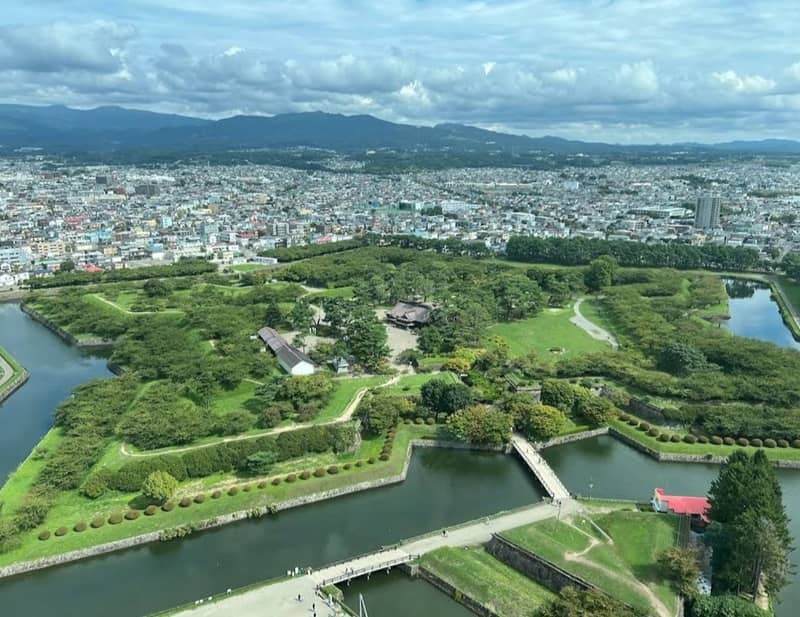






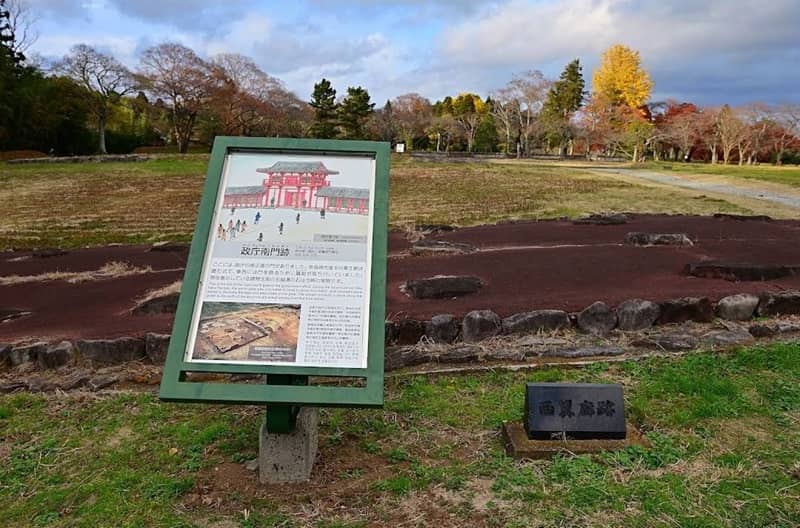




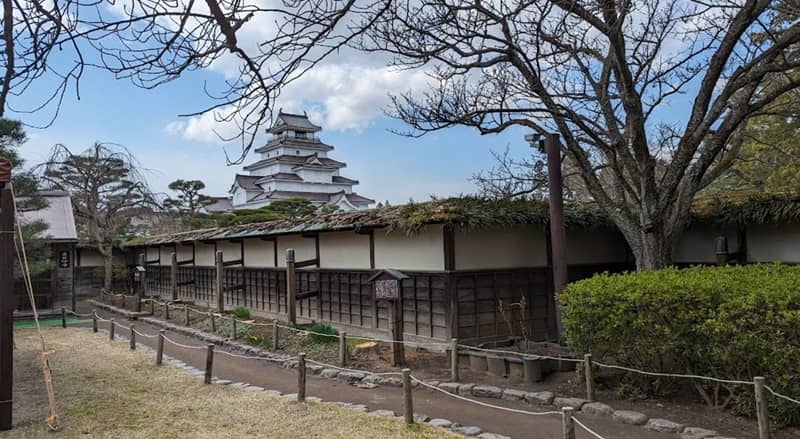
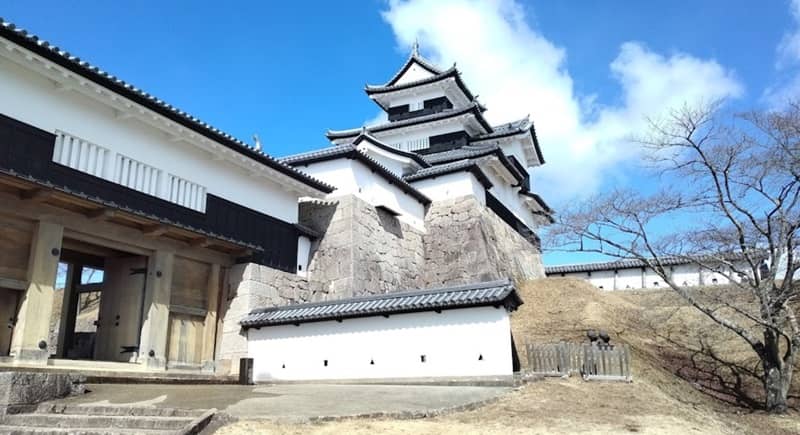



















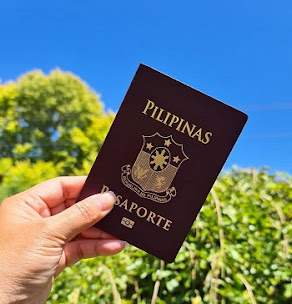





Post a Comment